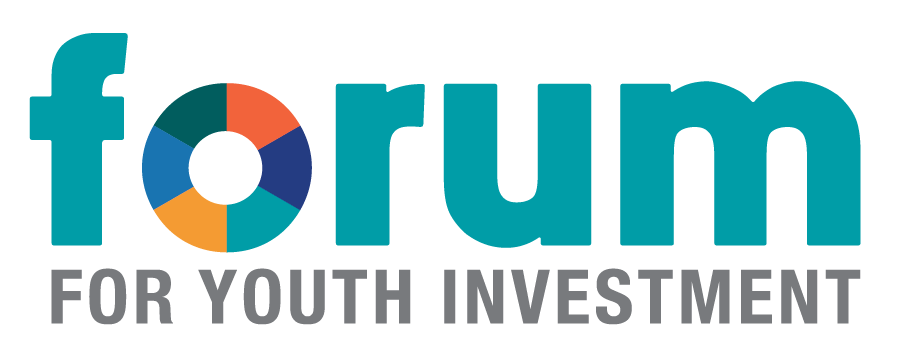Collaboration Conundrums: Why Youth Service Leaders Embrace and Fear Collective Impact Efforts
July 23, 2014
I recently spent two hours with afterschool and community leaders in Milwaukee who are joining together to improve the quality and coordination of youth programs in their city. This was the first “lunch and learn” gathering for partners in the initiative, called Beyond the Bell. The informal Q- and-A covered many topics, from social and emotional learning to common core standards, but one strand of questions were particularly telling.
The questions came rapid fire from around the room: As the head of a small organization with limited time, should I focus on networking with my peers or joining big initiatives? How do you decide which initiative to join? Why are there so many? Can’t something be done to combine them? What are the risks of not participating? How do we staff and fund this collaborative work?
We all know the joke that collaboration is an unnatural act between consenting adults. Youth-focused organizations in particular have three challenges that hamper effective collaboration:
- They often compete for the same dollars to serve the same kids.
- Sometimes there is no organizing force that binds them together as a network, which would pull them to identify the issues, goals and capacities that can unify them.
- Too often, there are stronger organizing forces that pull them into meetings and conversations that might have implications for their work, but in which they have relatively little clout.
Some Facts About Collaboration
It’s not that they don’t want to collaborate. In 2012, the Forum and the National Collaboration for Youth conducted a survey of youth service providers about the number and type of youth-issue focused coalitions they were aware of in their communities, and whether and how they participated in those coalitions. (See the findings.) The take-away from the respondents (from 75 communities) echoed the concerns raised by Milwaukee’s Beyond the Bell partners.
There needs to be a better way to connect to single issue-focused coalitions. On average, individual respondents identified more than five issue-focused coalitions per community that they could be involved in, not counting broader coalitions organized around the education pipeline. The issues include youth leadership, substance abuse, obesity prevention and homelessness – issues that many providers work on simultaneously. In our experience, a quick conversation in a mid-sized community easily surfaces upwards of 20 such groups.
There needs to be support for both a broad provider-focused partnership and a broad, multi-issue leadership council. The first helps community based organizations build common strengths. The second can provide a connecting point for single-issue coalitions. In the survey, 47 of the 75 communities reported having some type of youth development partnership or network focused on networking and capacity-building for its members. Forty had some type of leadership council focused on aligning goals, resources and services to improve educational outcomes for all youth in the community.
Only 33 of the communities had both. This is a serious problem, especially when the education-focused leadership council is on the rise and the youth development partnership is weak or non-existent.
At the Table – Sort Of
In community after community, nonprofit leaders suggest that they want to be at the education leadership council table in order to protect their interests – both as individual providers, and as members of a broader youth development or afterschool community that believes youth organizations make unique contributions to student success.
Too often, however, these leaders experience “provider undervaluation.” They find themselves sidelined in strategy discussions because they can’t talk “systems.” They don’t have a short list of common goals and indicators. They don’t have shared data on youth attendance, activities and outcomes – particularly the social, emotional, physical and civic outcomes they focus on. They don’t have unduplicated count data on the kids they serve. They don’t have system-level data on quality and impact. They don’t have the accountability infrastructure needed to make joint “needle-moving” commitments.
The challenge for youth services providers is not just to build a network; it’s to build system-like capacities to track and improve quality and reach, along with system-level measures of the outcomes they believe are linked to consistent engagement in quality programs.
Meeting the Challenge
I did not sense fear in Milwaukee. I sensed an openness from funders, providers and coalition leads to ask hard questions and an eagerness to get it right.
Getting it right means challenging the leadership council to solve the multiple coalitions problem, challenging the youth organization leaders to solve the services partnership problem, and challenging all to work together to solve the readiness problem in the buildings and beyond the bell.
Meeting these challenges requires strong leadership, shared commitment and shared measures. Most importantly, it requires stable funding. Collective impact conversations have focused a lot on the importance of funding the backbone functions of the collective impact initiative. It’s time to make backbone funding for youth services partnerships non-negotiable as well.
